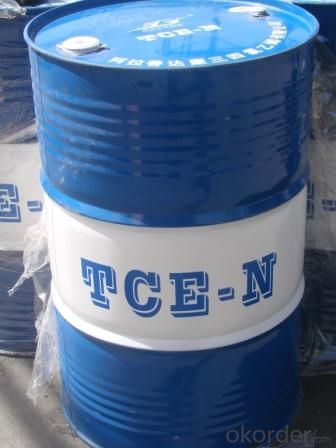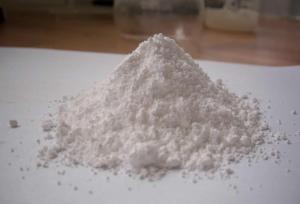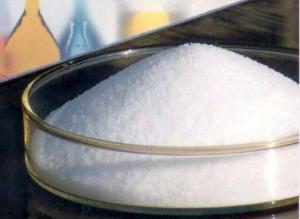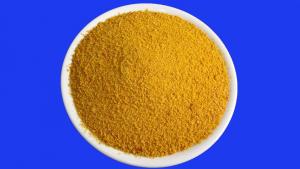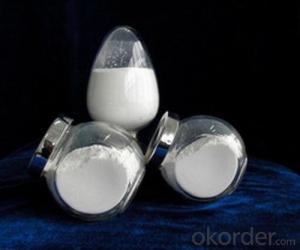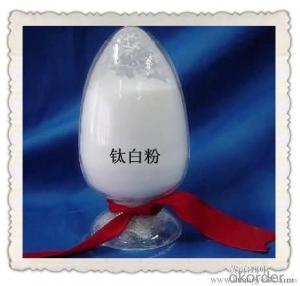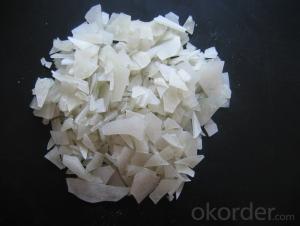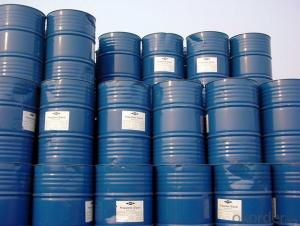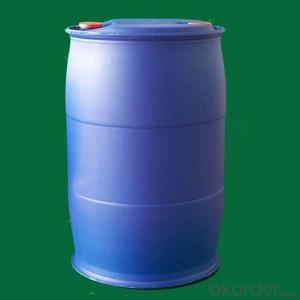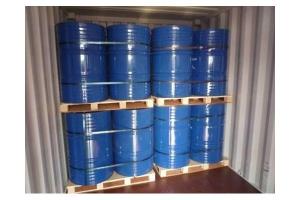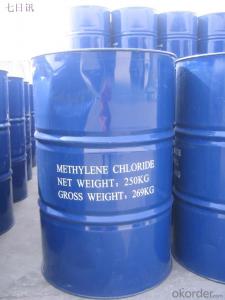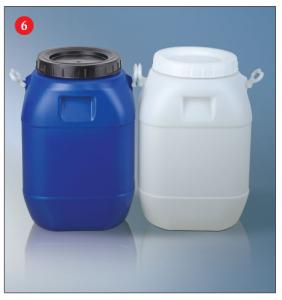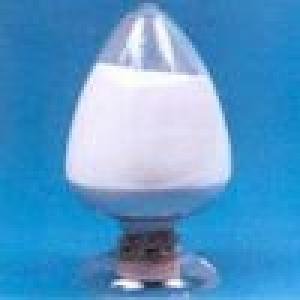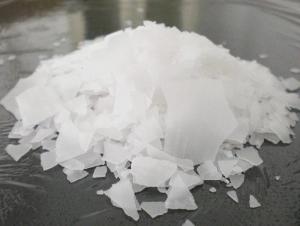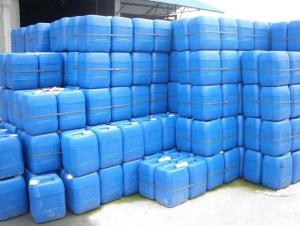Very Good Quality of Methylen Chloride
- Loading Port:
- China Main Port
- Payment Terms:
- TT OR LC
- Min Order Qty:
- -
- Supply Capability:
- -
OKorder Service Pledge
Quality Product, Order Online Tracking, Timely Delivery
OKorder Financial Service
Credit Rating, Credit Services, Credit Purchasing
You Might Also Like
Packaging & Delivery
| Packaging Detail: | in 250kg drum |
| Delivery Detail: | 20 days after recerived the advanced payment |
Specifications
dichloromethane methylene chloride
methylene chloride MF:CH2Cl2
3)form:liquid
4)methylene dichloride
- Q: CuMnFeNior ZnAlso metal calcium reacts with molecular hydrogen to form a compound. Which statement concerning this compound is not true?It's formula is CaH2it is ionicsolid at room tempwhen added to water, reacts to produce h2 gaswhen added to water, forms acidic solutionMy guess was going to be that it is not ionic, but i'm not 100% positive.Can anyone help me with these chemistry questions? Or atleast point me to some webpage that might help. Please and thank you.
- Only Zn compounds form colorless or white salts. The second question would be the last answer, which is false. It forms an alkaline solution when added to water.
- Q: Oxide and organic peroxide signs
- Broad oxide (oxide) refers to the oxygen element and another chemical composition of the binary compounds, such as carbon dioxide (CO?), Calcium oxide (CaO) and so on. But the combination of oxygen and electronegativity with greater fluoride is generally referred to as fluoride rather than oxide.
- Q: Diamond, graphite is a simple element?
- Is the elemental, chemical formula is C, is the carbon allotrope
- Q: I tried sodium and potassium carbonate and had little luck. Anyone know where to find the solubility data of inorganic salt in DMF?Thanks.
- Sodium and potassium carbonate WILL dissolve in DMF. The best way to dissolve them is to... a) dry the solid inorganic salt in an oven (> 100 degrees C) overnight. b) pulverize the powder and grind several minutes with mortal and pestle. c) sonicate the mixture for several minutes...
- Q: The lack of three major inorganic salts can cause symptoms in the plant
- Nitrogen: to promote cell division and growth, so that leaves grow lush. Lack of performance: plant thin and thin, leaves yellow, severe leaves were light brown.
- Q: Elementary is a few years of course
- An element is called a free state of an element in the presence of an element.
- Q: Thank you in detail
- Most animal foods are acidic foods. Such as fish, meat, shellfish, rich in protein, protein phosphorus, sulfur concentration is high. Most cereals, some nuts, are acidic foods, which are human energy sources.
- Q: ATP components are not inorganic salts
- Of course not pulling, because ATP is decomposed by glucose to get energy that is ATP and salt and water.
- Q: Which minerals is richest source of Inorganic Salts ?
- Minerals are inorganic salts - eg.potassium nitrate - absorbed by plants from soil - a good source of inorganic nitrogen and potassium.
- Q: And what I specifically need are salts with Bromide, Chloride, Phospate and Carbonate ions.Thanks for any help.
- That list is near endless. There are countless inorganic cations and organic groups that can combine with these ions. Pretty much every metallic element in the periodic table will form cations with bromide and chloride. Not sure about phosphate, but most metals will bind with it. Carbonate will be trickier, as some ions are too acidic and will decompose the carbonate (iron(III) is an example, and it will form the oxide instead, liberating CO2 in the process). Aside from simple elemental ions, there are also polyatomic cations (such as ammonium) and lots of complexes that will form compounds with these anions.
Send your message to us
Very Good Quality of Methylen Chloride
- Loading Port:
- China Main Port
- Payment Terms:
- TT OR LC
- Min Order Qty:
- -
- Supply Capability:
- -
OKorder Service Pledge
Quality Product, Order Online Tracking, Timely Delivery
OKorder Financial Service
Credit Rating, Credit Services, Credit Purchasing
Similar products
Hot products
Hot Searches
Related keywords

